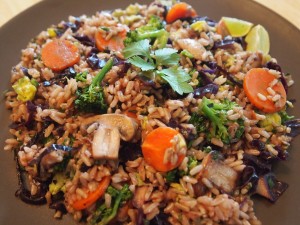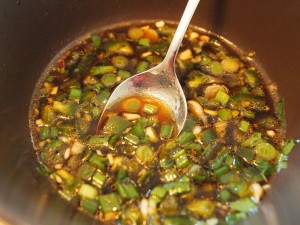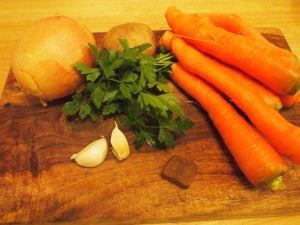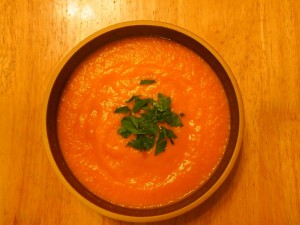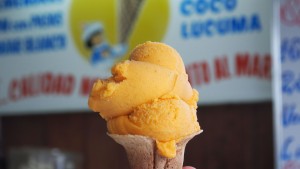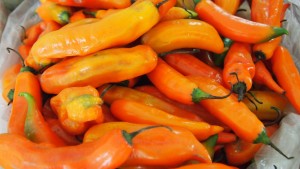Olives are a popular garnish and ingredient in Peruvian food. The most widely available olives in Peru are the common green olives and aceitunas negras, or black olives. However, it would be a mistake to think of these black olives as the same chalky black canned abominations that have been popularized in the United States. Peruvian black olives are large deep purple fruits, with a sharp clean flavor. They are very similar to Greek style kalamata olives which can be purchased in most grocery stores in the county in glass jars or on antipasto bars. It is also possible to purchase the real thing online:

